Nationality New Zealand Name Roy Kerr | Role Mathematician Fields Mathematics | |
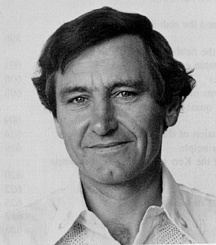 | ||
Alma mater University of New ZealandUniversity of Cambridge Awards Albert Einstein Medal, Hughes Medal, Rutherford Medal | ||
My story roy kerr part 1
Roy Patrick Kerr (born 16 May 1934) is a New Zealand mathematician who discovered the Kerr geometry, an exact solution to the Einstein field equation of general relativity. His solution models the gravitational field outside an uncharged rotating massive object, including a rotating black hole.
Contents
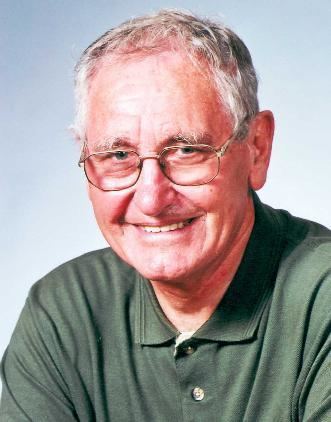
Roy kerr
Private life
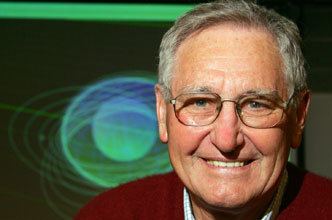
Kerr was born in 1934 in Kurow, New Zealand. Born into a dysfunctional family, his mother was forced to leave when he was three. When his father went to war, he was sent to a farm. After his father's return from war, they moved to Christchurch. He managed to get into St Andrew's College, a private school, as his father had served under a former headmaster. His solution to Einstein's equations predicted spinning black holes before they were discovered.

Kerr is married to Margaret. In 2013 they moved from Christchurch to Tauranga.
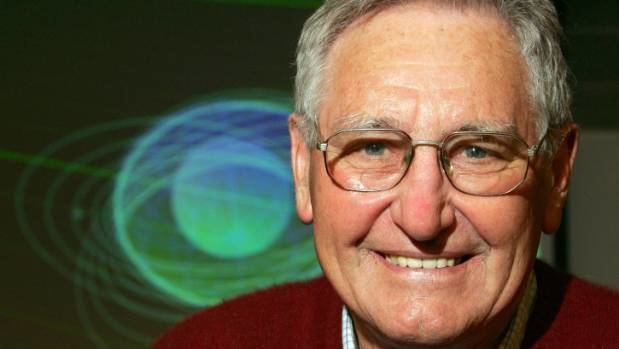
Kerr was a notable bridge player representing New Zealand internationally in the mid 1970s. He was co-author of the Symmetric Relay System, a bidding system.
Professional history
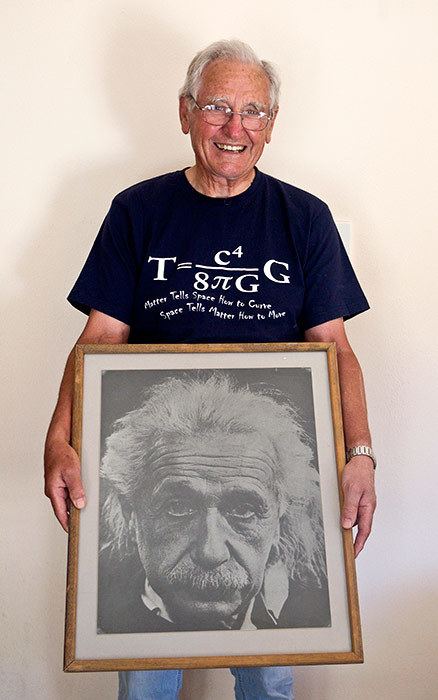
Kerr's mathematical talent was first recognised while he was still a high school student at St Andrew's College. Although there was no maths teacher there at the time he was able in 1951 to go straight into third year Mathematics at the Canterbury University College of the University of New Zealand, the precursor to the University of Canterbury. Their regulations did not permit him to graduate until 1954 and so it was not until September 1955 that he moved to the University of Cambridge, where he earned his PhD in 1959. His dissertation concerned the difficult problem of the equations of motion in general relativity.

After a stint as a post-doctoral researcher at Syracuse University, where Einstein's collaborator Peter Bergmann was professor, he spent some time working for the United States Air Force at Wright-Patterson Air Force Base. Kerr speculated that the "main reason why the US Air Force had created a General Relativity section was probably to show the Navy that they could also do pure research."

In 1962 Kerr joined Alfred Schild and his Relativity Group at the University of Texas at Austin. As Kerr wrote in 2009:

Kerr presented to the Symposium his solution to the Einstein field equations. In 1965, with Alfred Schild, he introduced the concept of Kerr-Schild spacetimes. During his time in Texas, Kerr supervised four PhD students.
In 1971, Kerr returned to the University of Canterbury in New Zealand. Kerr retired from his position as Professor of Mathematics at the University of Canterbury in 1993 after having been there for twenty-two years, including ten years as the head of the Mathematics department.
In 2008 Kerr was appointed to the Yevgeny Lifshitz ICRANet Chair in Pescara, Italy.
Fulvio Melia interviewed Kerr about his work on the solution for the book Cracking the Einstein Code: Relativity and the Birth of Black Hole Physics published in 2009. Kerr contributed an "Afterword" of two and a half pages.
In 2012 it was announced that Kerr would be honoured by the Albert Einstein Society in Switzerland with the 2013 Albert Einstein Medal. He is the first New Zealander to receive the prestigious award.
In December 2015, the University of Canterbury awarded Kerr an honorary Doctor of Science.
In May 2016 Kerr was awarded the Crafoord Prize in Astronomy by The Royal Swedish Academy of Sciences.
